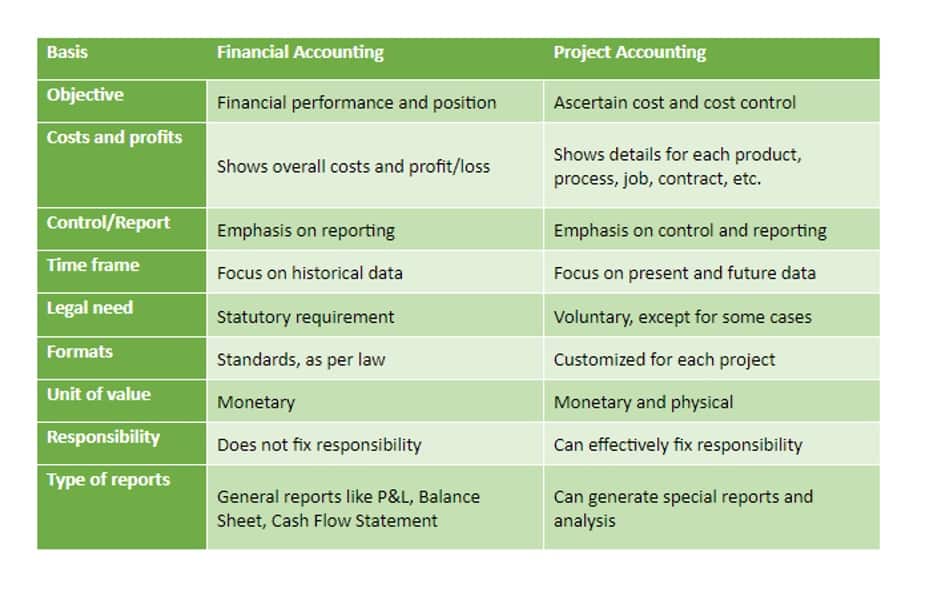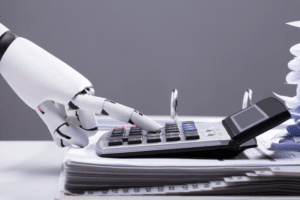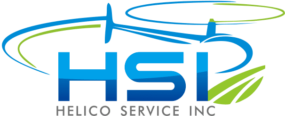
This section provides examples of “emerging,” “strengthening,” and “advanced” practices with respect to calculation of depreciation. Maturity levels are defined for each of the for two basic cases described in the guidance, that one has age data, linear depreciation function or that one has condition data. These two functions have the same syntax, but AMORDEGRC contains a depreciation coefficient by which depreciation is accelerated based on the useful life of the asset. To calculate using this method, first subtract the salvage value from the original purchase price.

CompanyCompany
- To make your search easier, we’ve narrowed it down to these twelve picks.
- Our expert tax report highlights the important issues that tax preparers and their clients need to address for the 2024 tax year.
- Note how the book value of the machine at the end of year 5 is the same as the salvage value.
- As buildings, tools and equipment wear out over time, they depreciate in value.
- According to straight-line depreciation, this is how much depreciation you have to subtract from the value of an asset each year to know its book value.
- Read about features, pricing, and more to make the best decision for your company.
- You’d use this method for property that depreciates faster in its first few years of use, such as a company vehicle.
The straight line calculation, as the name suggests, is a straight line drop in asset value. Your asset will depreciate by about $900 each year until it reaches the end of its lifespan, at which time it will be at its salvage value of $300. Calculate depreciation expense for the years ending 30 June 2013 and 30 June 2014. Find the best trucking accounting software for your business with our comparison guide. Read about features, pricing, and more to make the https://www.bookstime.com/articles/what-is-encumbrance-accounting best decision for your company.
- For example, most farm property falls under the 150% declining balance method, while most real property falls under the straight line method.
- Download CFI’s free Excel template now to advance your finance knowledge and perform better financial analysis.
- Note that part of the depreciation rate formula’s appeal is its simplicity, though a simple equation might not offer an accurate picture.
- The cost of a daily truck rental is \($48.00\), plus an additional \($0.45\) for every mile driven.
- Salvage value is sometimes referred to as “residual value” in accounting.
The Company

For investments, the cost basis of the asset is usually the total amount you originally invested in the asset plus any commissions, fees or other expenditures involved in the purchase. For tax purposes, it’s important to note if you reinvested any dividends and capital gains distributions rather than taking those distributions in cash. As the asset was available for the whole period, the annual depreciation expense is not apportioned.
- Let’s take an asset which is worth 10,000 and depreciations from 10,000 all the way to 2,000 in the time span of 5 years.
- For example, there is always a risk that technological advancements could potentially render the asset obsolete earlier than expected.
- This may not be true for all assets, in which case a different method should be used.
- This depreciation method is appropriate where economic benefits from an asset are expected to be realized evenly over its useful life.
COMPANY

A concrete https://www.instagram.com/bookstime_inc example will certainly fortify your understanding of the subject. Let’s imagine that you bought a capital good for 5000 euros with an estimated useful life of 5 years. According to the straight-line method, you will deduct 1000 euros from the value of this equipment each year. 42The point at which profit is neither negative nor positive; profit is equal to zero. 35Using data to find mathematical equations that describe, or model, real-world applications. In addition to an initial setup fee of \($120\), each t-shirt cost \($3.50\) to produce.
Straight Line Basis Calculation Explained, With Example
As $500 calculated above represents the depreciation cost for 12 months, it has been reduced to 6 months equivalent to reflect the number of months the asset was actually available for use. E.g. rate of depreciation of an asset having a useful life of 8 years is 12.5% p.a. Straight line method is also convenient to use where no reliable estimate can be made regarding the pattern of economic benefits expected to be derived over an asset’s useful life.
- A few key factors should be considered when calculating depreciation.
- It’s often used to assess depreciation of property such as machinery, which receives more use — and thus depreciates more quickly — in the few first years after it’s acquired.
- Units-of-production depreciation measures a business asset’s value decline over time and in conjunction with how much it’s used.
- E.g. rate of depreciation of an asset having a useful life of 8 years is 12.5% p.a.
- Your asset will depreciate by about $900 each year until it reaches the end of its lifespan, at which time it will be at its salvage value of $300.
Example of Straight Line Basis
Then divide the resulting figure by the total number of years the asset is expected to be useful. Because it’s the easiest depreciation method to calculate, straight line depreciation tends to result in the fewest number of accounting errors. It’s best applied when there’s no apparent pattern to how an asset will be used over time. Office furniture, for example, is an appropriate asset for straight line depreciation. Use this data to construct a linear function that models the value of the piece of equipment over time. Let’s go through an example using the two methods of depreciation described so far.
